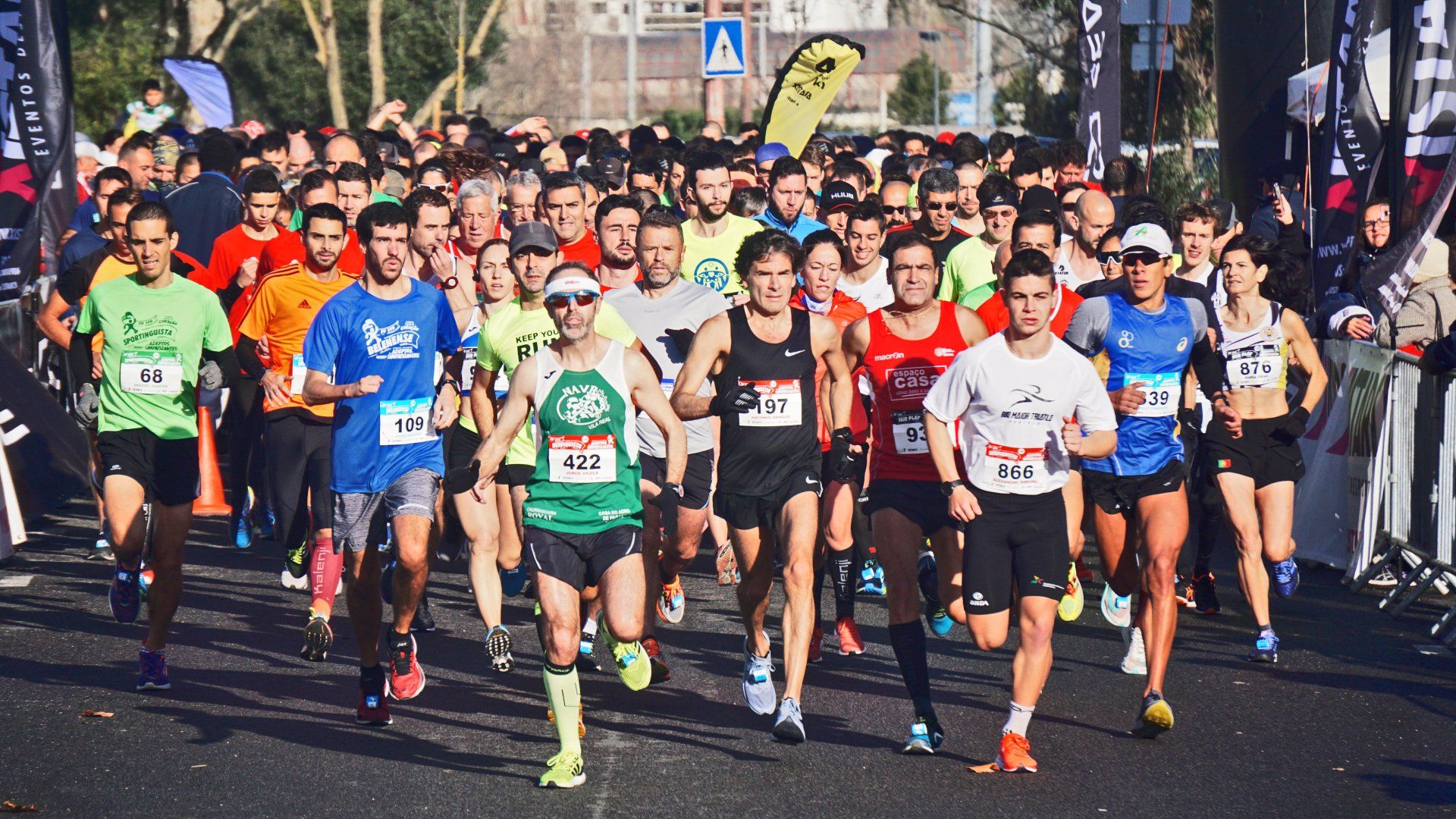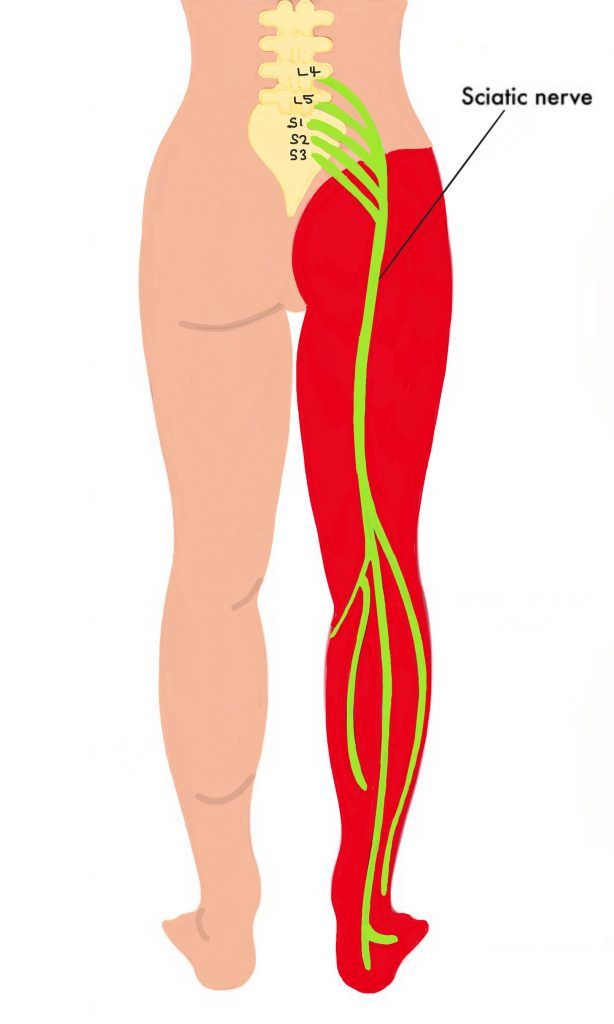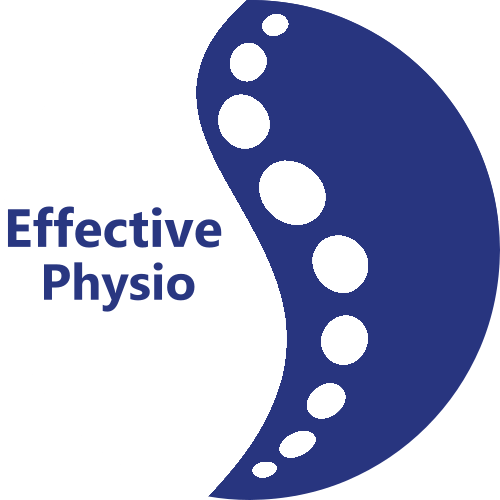By Sue Cowley
•
November 11, 2024
Training for Running Events: Top Tips from EffectivePhysio As we approach April, many runners are in the midst of their training schedules for upcoming marathons. Whether you’re a seasoned runner or a weekend warrior, preparing for a running event can be a daunting task. Here at EffectivePhysio, we’ve compiled some top tips to help you train effectively and safely. 1. It’s an Event, Not a Race Firstly, it’s important to remember that these are running events, not races. Races are for professionals or running enthusiasts aiming to improve their personal bests. Our advice is geared towards those who want to participate in occasional events like half marathons, 10Ks, or even, marathons. 2. Follow a Plan There are numerous training plans available, most of which include a long run once a week, a speed/interval training run once a week, and a shorter, jog run once a week. The speed training involves running at 80% of your maximum effort for an increasing period, followed by a reducing walking period. 3. Prevent Injuries In our experience, injuries are more likely to occur during speed training. Ensure you walk for enough time after your sprint to allow your muscles to recover, even if you’ve recovered aerobically and caught your breath. 4. Start Early Start your training early so you can pace yourself and gradually increase your mileage. If you’re training for the April marathons, you should aim to run 10 miles by the beginning of January. Building up an extra mile each week on your long run is a good strategy. 5. Strengthen Your Muscles Perform strengthening exercises twice a week for your legs and arms to protect against injury. Key running muscles include the glutes (both maximus and medius), quads, and calf muscles (especially the soleus). Recommended exercises include squats, bridging, leg press, dead lifts, and heel raises. 6. Warm Up Before your run, do a few squats to engage the glutes, quads, and hamstrings, and a few heel raises to engage the calf muscles. 7. Stretch Stretching after a run is crucial. Target both calf muscles (gastroc and soleus), quads, hamstrings, adductors (groin muscles), and piriformis (a muscle deep in your buttock). 8. Check Your Body During your long runs, perform a body check every 3-4 miles to ensure your joints and muscles are comfortable. Check your posture and make sure you’re not leaning forward, bracing your upper back, or tensing your shoulder muscles. 9. Rest Feeling muscle ache as the weeks progress is normal. Rest is as important as the runs, so build a ‘rest’ week into your training schedule to let your muscles recover. 10. Don’t Worry About Arthritis If you have arthritis in your joints, don’t worry. Research has shown that moderate running with moderate arthritis is okay, as long as you pace yourself and gradually build up the miles. 11. Deal with Injuries If you feel you’ve injured your muscles, usually going easy for 1-2 weeks with 5k jogs and reduced weight strengthening should ease this. Try taking shorter running steps to take the stress off the leg muscles. Stretching and applying ice packs to the sore muscles can also help. If an injury lasts longer or isn’t recovering as fast as you’d like, it may be beneficial to see a physiotherapist. Please phone EffectivePhysio on 07719987520! Remember, the key to successful training is consistency, patience, and listening to your body. Happy running!





